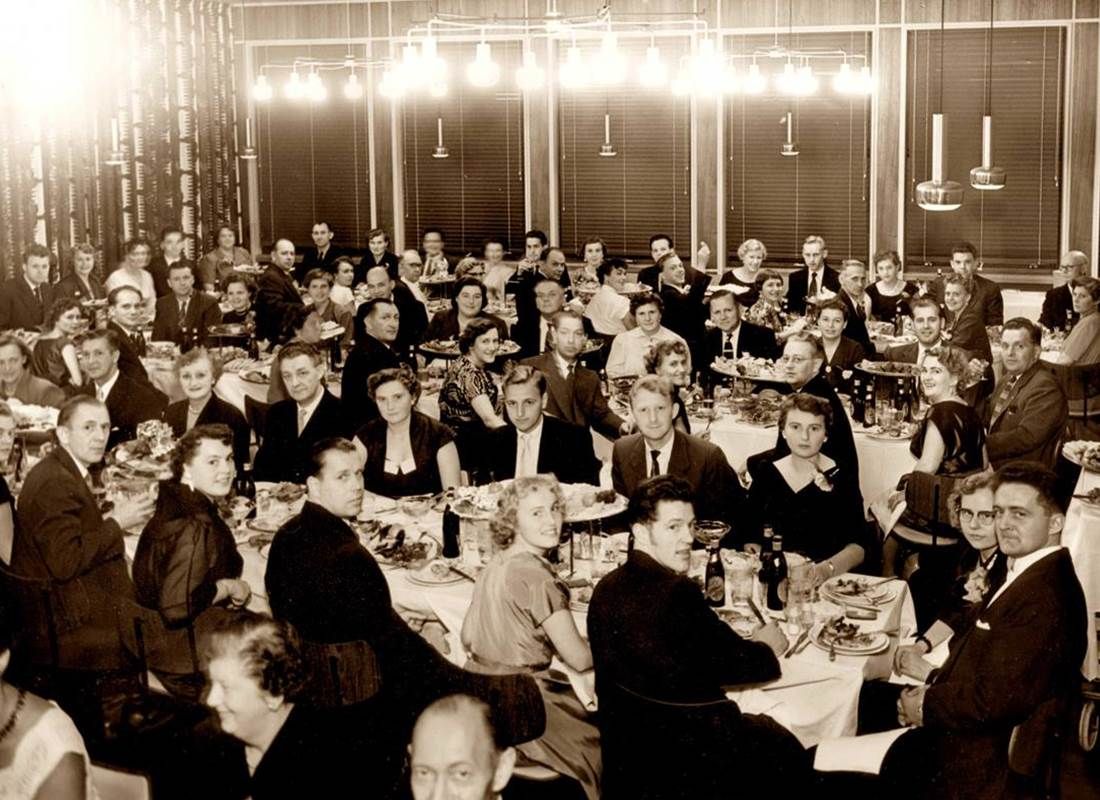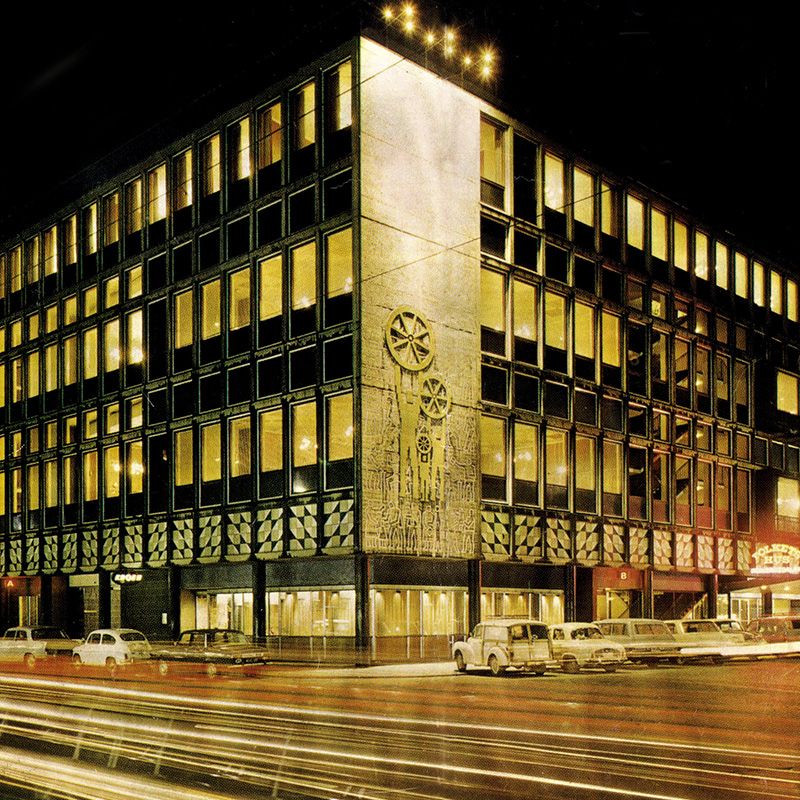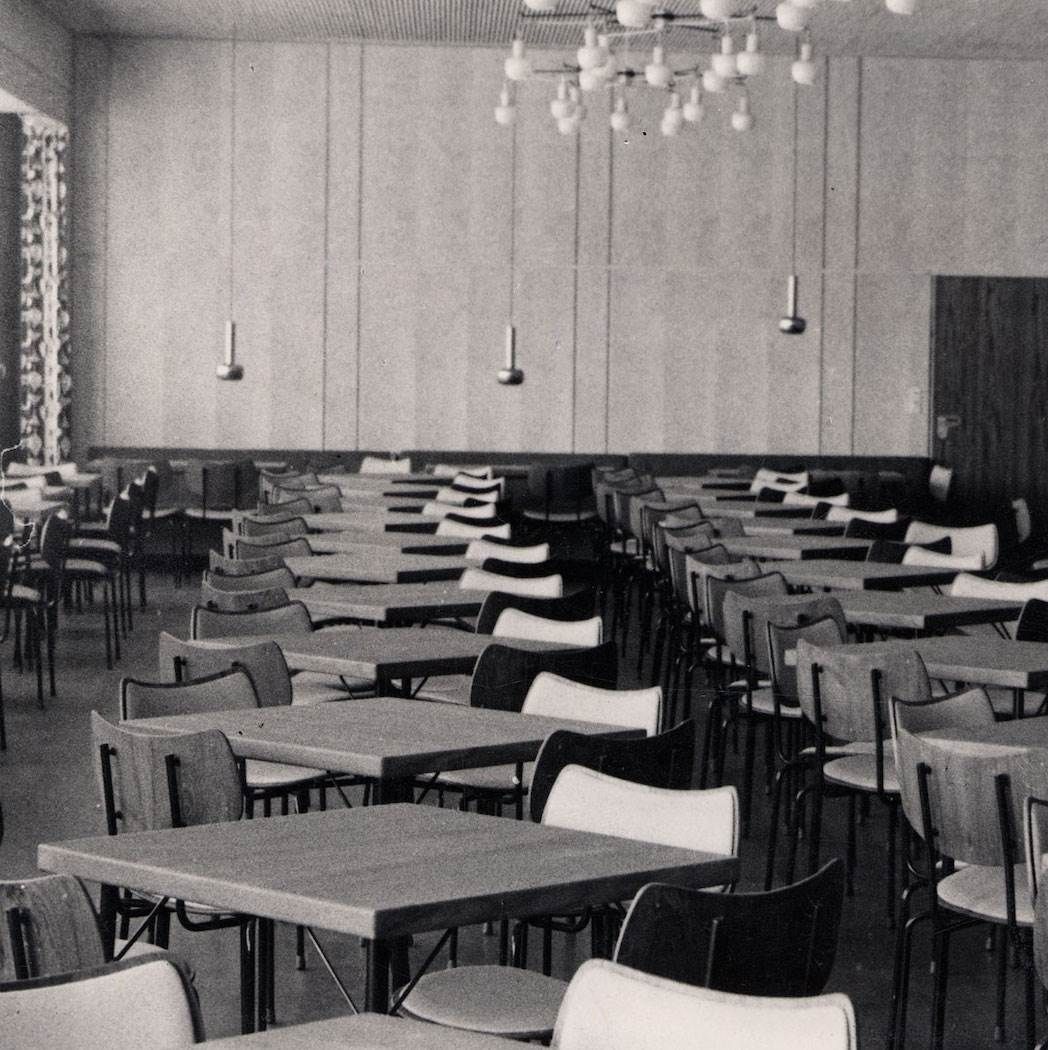
WORLD-CLASS ARCHITECTURE
- IN THE OLD 'FOLKETS HUS'
WILHELM LAURITZEN'S STROKE OF GENIUS
VEGA is truly a historical gem. So much life has been lived in this building. It has been enjoyed, used, worn, loved, hated, rebuilt, and partyed out.
If the walls could talk, they would tell tales of generations of great speeches, sly whispers, heated debates, and spine-chilling singing voices forming a myriad of stories from a venue that has brought the people of Copenhagen together; musicians, politicians, artists, partygoers, high and low across seven decades.
The stories flow down architect Vilhelm Lauritzen's perfectionist wooden panels, making VEGA one of the country's most magical venues.

VEGA is a venue that offers a multitude of experiences. The building's journey from grandeur to decline, facing threats of demolition before being fully preserved, is an intriguing piece of Danish history. Looking closer, the house is an impressive architectural achievement.
The Danish architect Vilhelm Lauritzen, known for Radiohuset (1940) and the old airport terminal (1939), designed Folkets Hus for the labor movement, which opened its doors for the first time in 1956.
The house served as a gathering place for the labor movement until the early 1990s.
The stories flow down Vilhelm Lauritzen's perfectionist wooden panels

A FUNCTIONALIST MASTERPIECE
With remarkable attention to detail, Vilhelm Lauritzen designed everything in the house. Door handles, chandeliers, sockets, furniture, the grand beautiful halls, intricate wood panels and friezes, and the legendary, labyrinthine staircases.
Throughout the house, there is evidence of his sense of quality, aesthetics, and craftsmanship. He truly understood the value of details and design. Everything is beautifully considered down to the smallest detail.
With the completion of Folkets Hus in 1956, the labor movement emphatically underscored who set the agenda in Denmark in the 20th century. The building's facade proudly and honestly expressed that it was constructed in reinforced concrete and glass. There was no ornamentation, no frills, no ancient columns, or imitation marble.
In 1994, with great help from artist Bjørn Nørgaard and the late former Minister for Environment Svend Auken, the house was preserved. Bjørn Nørgaard has referred to the building as the 'Sistine Chapel of Vesterbro.' Initially, the building was planned to be turned into a supermarket. Fortunately, that did not happen.
In September 1996, VEGA opened as a concert venue during the 1996 'Kulturby-året'. VEGA is one of the few remaining cultural projects from Kulturby 96.
VEGA has three concert venues as well as three additional halls and is annually visited by approximately a quarter of a million guests.
We regularly organize tours at VEGA focusing on the building's architecture and colorful history. Check the calendar for dates.


